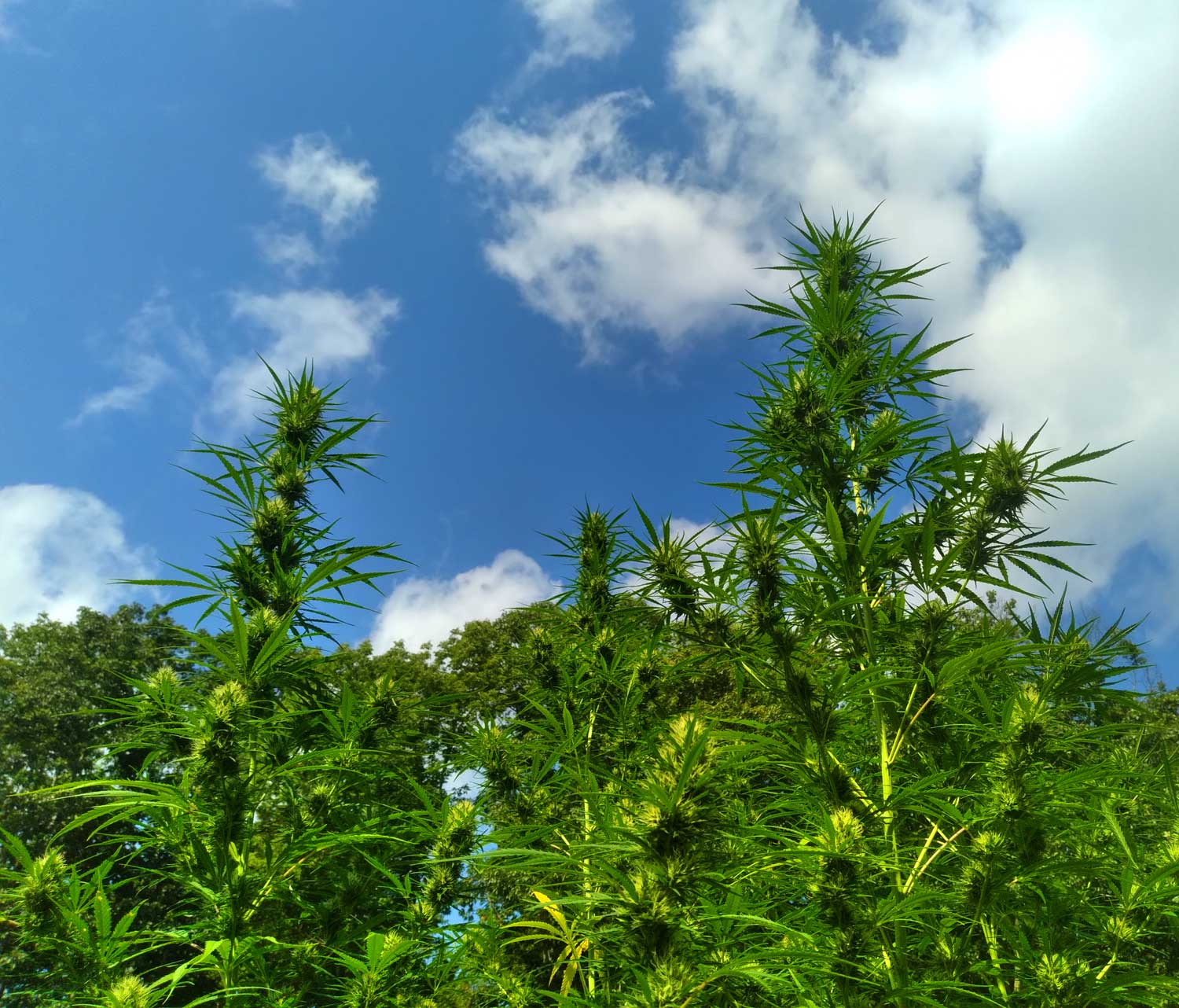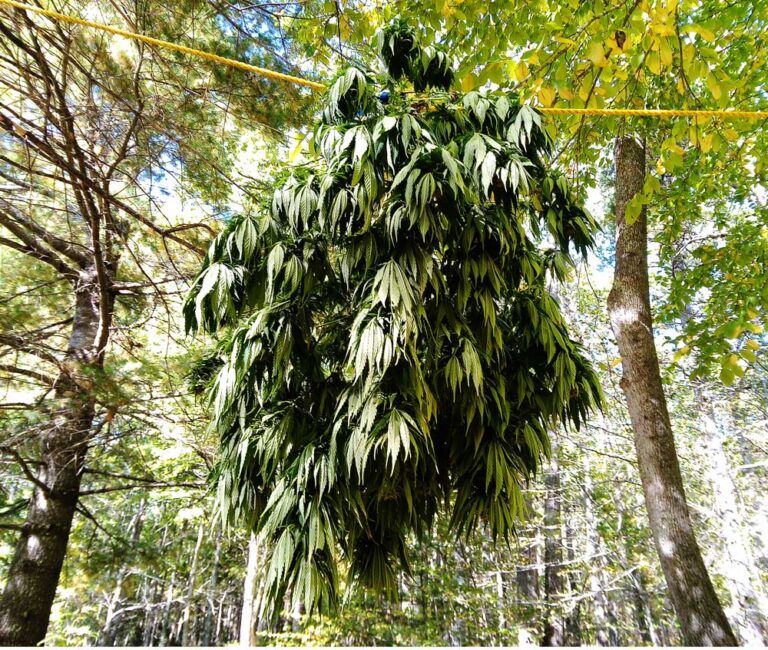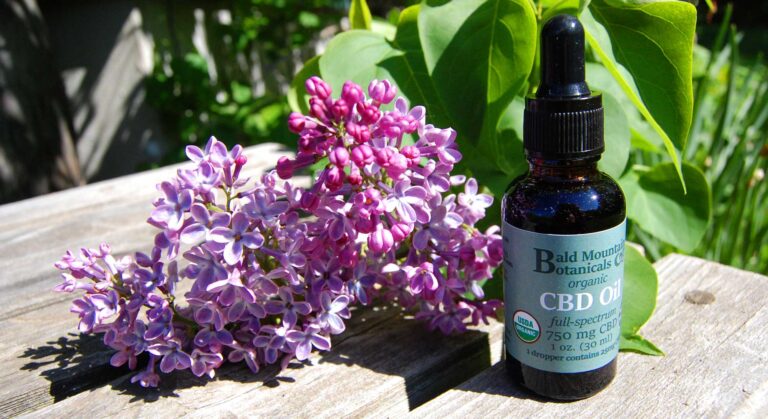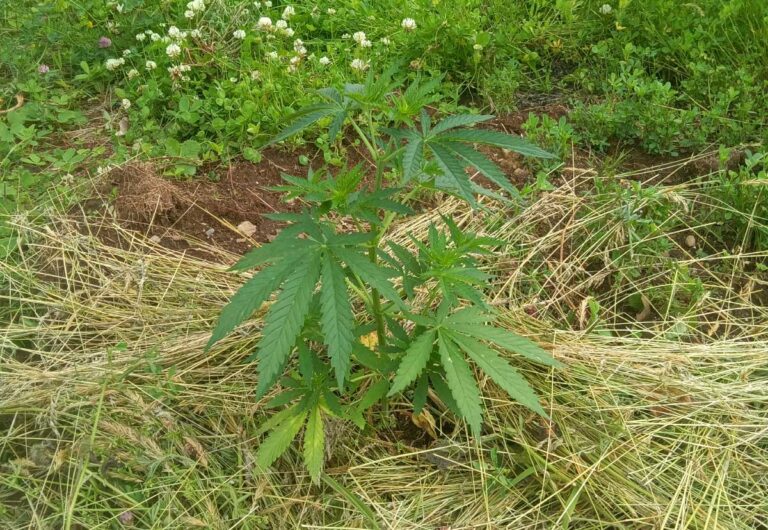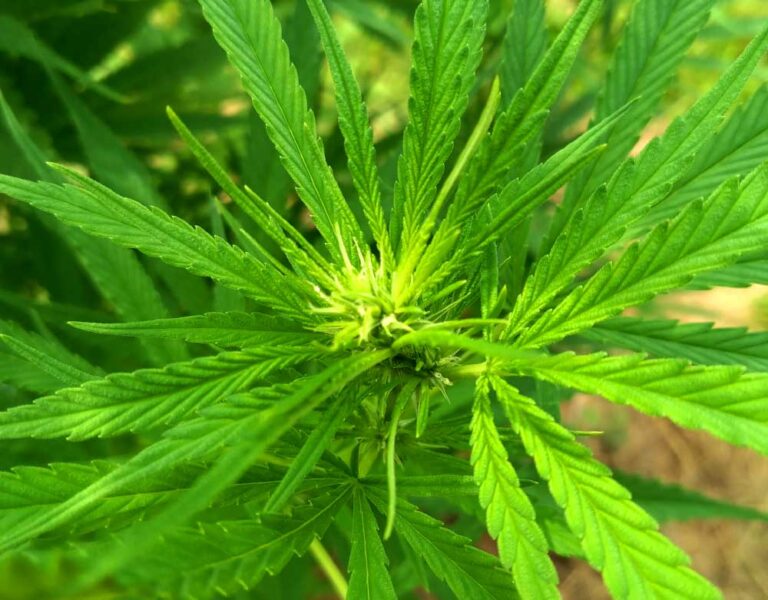Outdoor Sungrown Flower: What the Science Says
Why do we grow our hemp flower outdoors rather than in the more controlled environment of an indoor space? Two main reasons we prefer outdoor sungrown flower:
- uses much less electricity
- grows a better flower
In our subjective experience–and we’re certainly not alone here–flower grown outside in living soil is better than flower grown indoors. Better in the sense that it has superior medicinal effects and a more pronounced and complex fragrance. Recently some fascinating scientific data emerged in a Columbia University study comparing identical cultivars grown indoors and out.
The Indoor/Outdoor Study
Researchers grew two different cannabis cultivars indoors under artificial lights and also outdoors under the sun in living soil. To make the comparison accurate, they used several genetically-identical plants of each of the two cultivars in both environments.
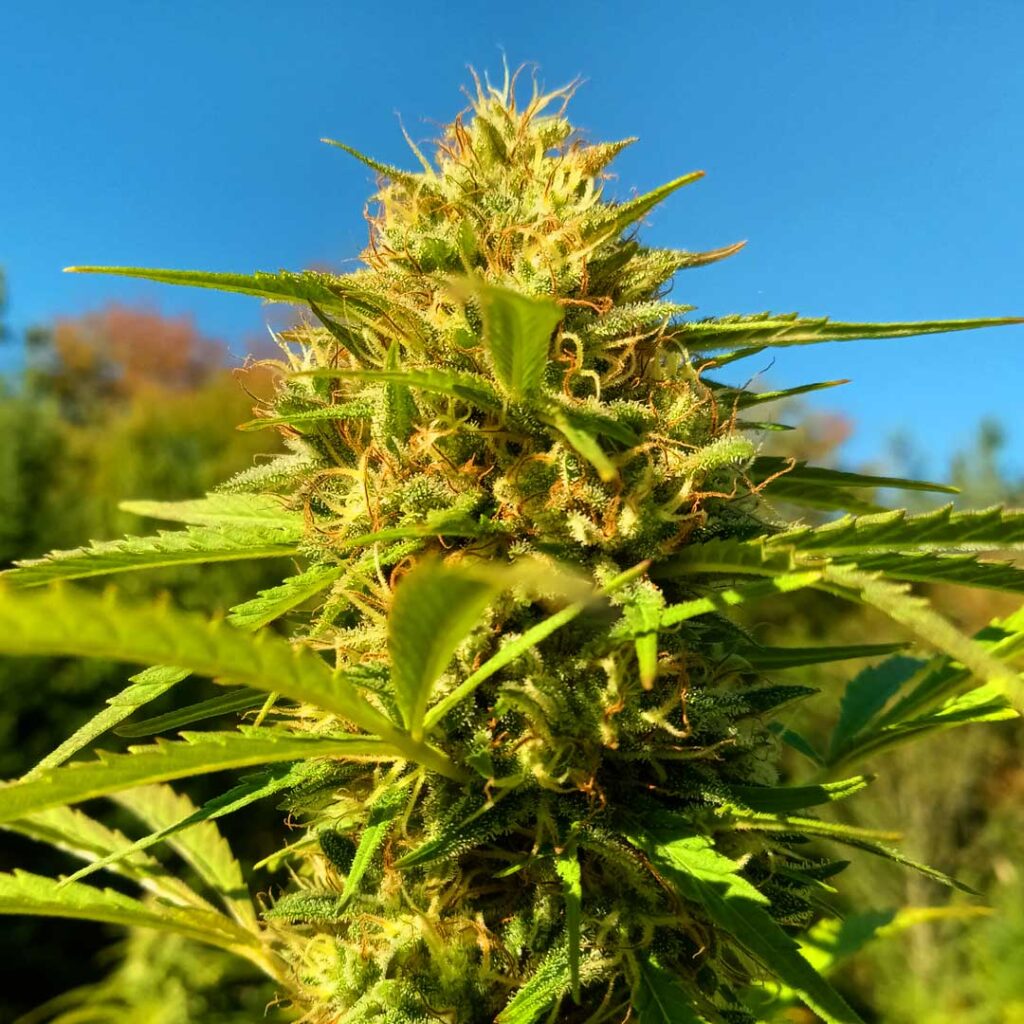
They then compared the metabolic profile of the ripened flowers from both indoors and out. Here’s what they found:
- outdoor flower had less degraded and oxidized cannabinoids than the indoor flower
- outdoor flower had more minor cannabinoids than the indoor flower
- outdoor flower had a higher quantity and wider range of terpenes than the indoor flower
- outdoor flower was “stickier” and had a more pronounced fragrance than the indoor flower
More Effective Medicine
What does this all mean in terms of the hemp flower’s medicinal value? If the outdoor flower’s cannabinoids are less degraded and oxidized, and there are more minor cannabinoids contributing to the “entourage effect,” this suggests the outdoor flower is more potent medicinally. Which accords with our own experience and that of our customers.
Terpene research has shown that these molecules also contribute to the flower’s medicinal effects. Since the outdoor flower had more terpenes plus a wider range of them, it should make better medicine. For those who enjoy consuming flower directly through smoking or vaping, the more pronounced and diverse terpene profile also enhances those experiences.
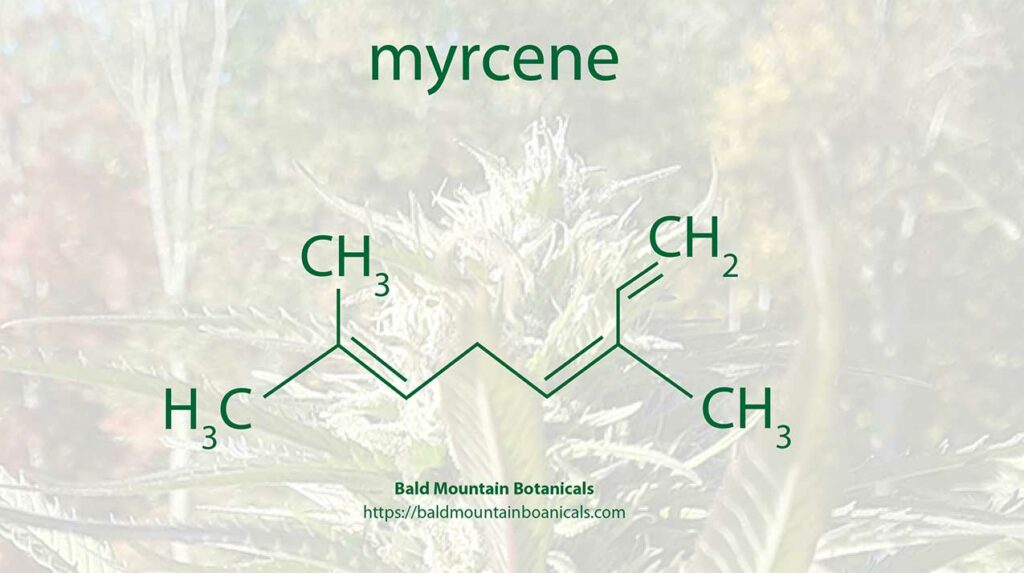
None of this comes as any surprise, but it’s nice to have some objective scientific data to back up what many people know by experience. The study also offers fascinating insights about how the outdoor environment affects the hemp plant’s chemical makeup. Many of the compounds hemp flower produces are thought to protect the plant from potentially harmful outdoor threats like strong UV light, predators, or insects. The authors speculate that a key reason outdoor flower is superior is because the greater outdoor exposure to these threats stimulates a greater defensive response in the plant.
More Sustainable
Growing hemp flower outdoors also saves a lot of electricity. Indoor operations require artificial lighting, fans and other climate-control equipment. While we generate our own solar electricity, any excess power we don’t use is sent to the grid to help make more clean electricity available to others. This helps reduce carbon emissions and alleviate climate change (in Colorado, cannabis accounts for a whopping 2% of the entire state’s electricity use).
If you’ve ever been in a field of hemp on a sunny day, watching the fragrant flowers dancing gently in the breeze, you know the deep satisfaction of watching plants grow outdoors in their native environment. Sure, it can be hazardous–high winds, hail, heat waves, drought, cold snaps, and predators can all devastate a crop–but the rewards of sungrown outdoor flower far outweigh the risks.
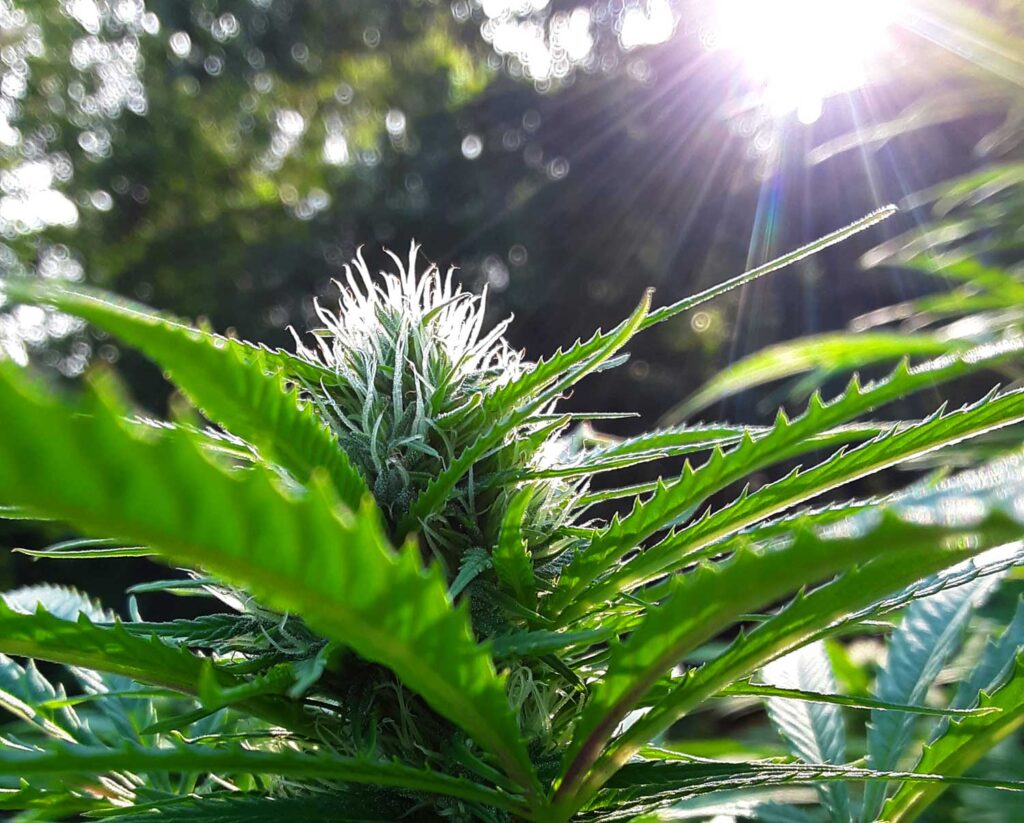
You can read the final paper published in the Columbia University study discussed above right here.
And you can hear an excellent discussion of this study by Dr. Riley Kirk, a pharmaceutical chemist.


